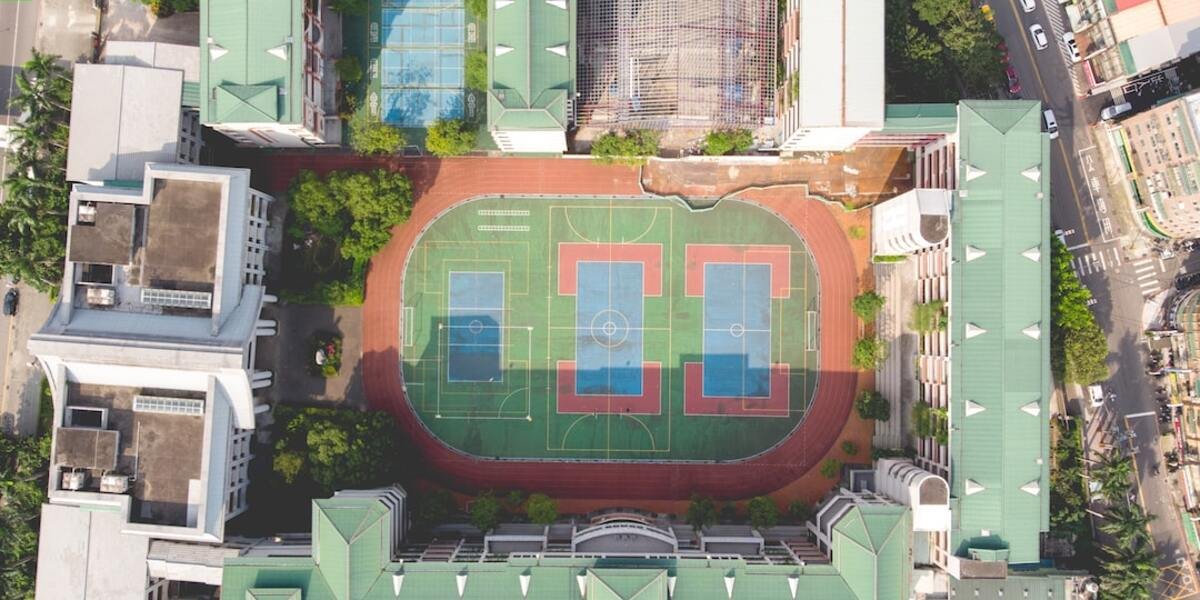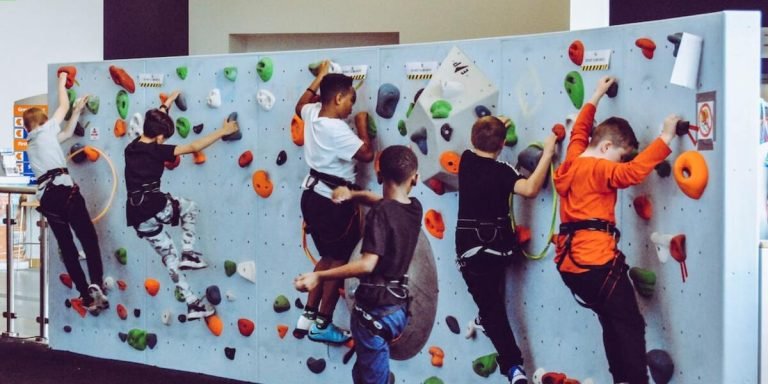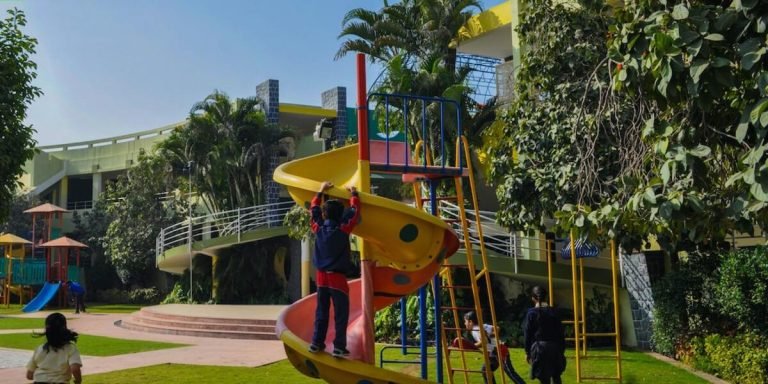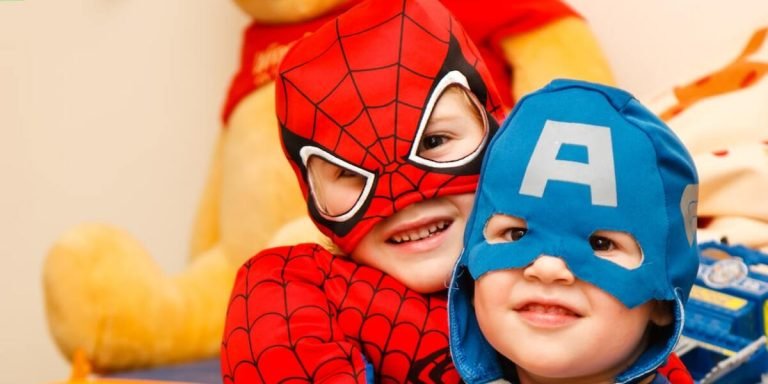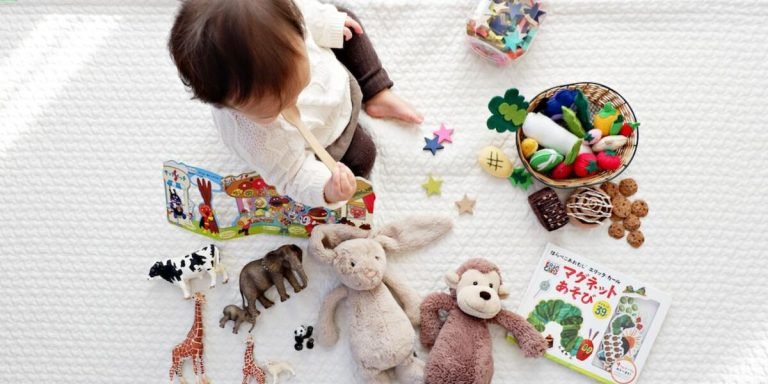Hands-On Learning: A Transformative Approach in Childhood Education
Hands-on learning is fast emerging as a powerful tool in childhood education, paving the way for transformative teaching and learning experiences. This dynamic approach engages children actively, enabling them to understand concepts more effectively than traditional lecture-based methods. It magnifies their curiosity, critical thinking skills and fosters an inherent love for discovery.
The philosophy underlying hands-on learning resonates with the idea of “Experiential Learning” or “Activity Based Learning”. Unlike conventional educational techniques that focus on memorization, these approaches prioritize tangible engagement with subjects at hand. They serve as robust platforms where kids can explore ideas readily while building practical insights into various disciplines concurrently.
Did you know?
Did you know? Research from the University of Chicago revealed that students who physically experience scientific concepts understand them more deeply and score better on science tests. This underscores the transformative power of hands-on learning in childhood education.
Understanding the Core Principles of Hands-On Learning
Hands-on learning, also known as experiential or activity-based learning, is a multisensory approach to education that encourages children to engage actively with their environment. It marks a shift from traditional chalk-and-talk methods and creates an interactive landscape where knowledge isn’t merely imparted but experienced first-hand by the students.
One of the most important principles of hands-on learning is active participation. By getting involved in experiments or projects relevant to their studies, youngsters develop curiosity and learn how things work practically rather than theoretically. They’re encouraged not only to understand concepts but also apply them creatively which paves way for enhanced comprehension skills.
Furthermore, process-oriented thinking lies at the heart of this pedagogical method. Instead of focusing solely on results like test scores, educators who embrace hands-on instruction prioritize understanding processes — such as problem-solving strategies and critical-thinking exercises — thereby cultivating resilience among young learners when faced with challenges both inside and outside classroom environments.
Lastly, collaboration serves as another foundational principle in any successful hands-on curriculum design. Students get ample opportunities for teamwork while working together towards common educational objectives – fostering interpersonal relationships along with acquiring valuable life skills like conflict resolution.
In 2023’s fast-paced world where advancements are rapid yet unpredictable, it becomes crucial than ever before that our next generation be equipped not just academically responsible citizens but reliable contributors— making mastery over practical application gained through these core principles imperative toward holistic child development!
Defining Experiential Learning: A Deep Dive into Active Engagement
Experiential learning, often referred to as hands-on learning, is a fundamental instructional approach that allows children to learn by engaging actively with their environment. It’s a process where knowledge is acquired through an experience or an activity-based method instead of traditional classroom lectures.
One key facet of experiential learning lies in its focus on active engagement. In simple words, it encourages learners to learn ‘by doing’. These activities are designed so they relate directly and practically towards the skill development needed for real-world applications.
Modern educators appreciate the value of this technique because it creates memorable and practical experiences which make understanding complex concepts easier for young minds than abstract theoretical teachings alone. This educational strategy shines brightly when placed under careful inspection using contemporary pedagogical lenses due to its alignment with 21st-century skills – critical thinking, creativity, collaboration – vital tools required in our fast-paced world today.
The beauty comes from allowing students not just absorbing information passively but rather playing actors within their own educational theatre piece — driving them further down paths curiosity might lead them.
Contrasting Traditional Education with Activity-Based Approaches
To contrast these two educational philosophies let’s first understand their core principles.
Traditional education mainly relies on rote memorization and theory-heavy lectures where information is often passively received by our young learners. But this dismisses children’s inquisitive nature; they are natural explorers and researchers who learn best when actively engaged in the process.
Enter hands-on or experiential learning! This modern pedagogical method revolves around practical application emphasizing students being active participants rather than passive recipients of knowledge. It harnesses their innate curiosity allowing them to grasp fundamental concepts more effectively through direct experience.
One striking difference between traditional and hands-on learning lies within student-teacher interactions. Conventional classrooms usually have teacher-centric models where educators feed facts while pupils absorb it with minimal interaction or engagement—an instruction-over-exploration model which hinders creativity.
Hands-on, however, promotes collaboration encouraging dynamic learner-centered environments filled with discussions, problem-solving exercises—or even field trips—where teachers serve as guides fostering critical thinking skills among students!
Another distinguishing feature involves assessment procedures used for evaluating understanding levels in both systems. Traditional methods generally resort to standardised testing measuring memorisation abilities whereas hands-on engages ongoing formative assessments gauging not only academic competence but also social-emotional growth—a holistic child development approach indeed!
The Role of Hands-On Activities in Enhancing Cognitive Skills
Hands-on activities have preserved their importance in the field of education, regardless of technological advancements and digital progression. Undeniably, these interactive techniques play a crucial role when it comes to enhancing cognitive abilities among children. The principle is simple yet impactful: by engaging directly with materials or experiences, kids can cultivate a deeper understanding and retention.
This kinetic approach to learning—commonly referred to as ‘Experiential Learning’ or ‘Activity Based Learning’ allows learners not only memorize facts but also internalize concepts through tactile involvement. In essence, hands-on tasks shift the paradigm from passively acquiring knowledge towards actively constructing it – an effective way for information absorption that drives intellectual growth.
Moreover, creativity gets a powerful nudge when such methods are implemented within teaching practices—a leap away from traditional textbook schooling—offering another path toward improved cognitive development. As students navigate various challenges while performing physical tasks related to certain subject matters; they codevelop problem-solving skills which then strengthen critical thinking—an indispensable skillset highly regarded in this modern era.
How Tactile Experiences Foster Critical Thinking and Problem Solving
Hands-on learning, also known as experiential or activity-based learning, plays a critical role in child education. It’s especially valuable when it comes to developing cognitive skills like critical thinking and problem solving.
Why is hands-on-learning so effective? One key reason lies in its tangible nature – by physically engaging with materials, children can gain a deeper understanding of concepts that might be abstract if presented only verbally or visually. In 2023 and beyond, we are seeing an increased emphasis on tactile experiences within the context of modern educational approaches.
Take for example activities like building blocks or designing simple machines from scratch. These seemingly simplistic tasks go far beyond just playtime; they call upon kids’ spatial reasoning capabilities which help them structure their observations logically.
Then there’s the domain of sensory exploration – think art projects utilizing various textures (clay molding/ fabric collage), kitchen science experiments invoking different smells/tastes plus garden ventures stimulating inherent curiosity surrounding natural world phenomena etc. All such interactive initiatives let kids form direct associations between theoretical knowledge taught during classroom sessions & practical applications thereof thus promoting logical reasoning along improved memory retention rates.
The Impact of Kinesthetic Activities on Memory Retention and Recall
Hands-on learning, an integral component of experiential or activity-based learning, has shown to have a profound impact on enhancing children’s cognitive skills. This becomes particularly evident when we observe the influence of kinesthetic activities on memory retention and recall.
Kinesthetic activities are those that require physical movement and interaction. A simple example can be seen in preschool classrooms where youngsters use building blocks to learn basic concepts like shape recognition or counting. Such physically engaging tasks promote hands-on learning that effectively boosts their comprehension and retention rate.
Research continues to show strong links between hands-on learning experiences and improved memory functions among learners. In essence, these activities stimulate various senses simultaneously – sight, touch, sometimes even sound – which promotes more effective information processing by activating multiple areas of the brain concurrently.
Let us delve into this deeper with some specific instances:
1) Science Experiments: Conducting science experiments provides visual as well as tactile stimulation for students who get an opportunity not only just hear about phenomena but also witness it firsthand.
2) Field Trips: Visiting historical sites or museums brings lessons from textbooks alive while promoting active participation leading higher memory retrieval later.
4) Physical Games & Sports Activities – Here too many mental strategies involved improving coordination balance thus sharpening problem-solving skills strategic thinking capacities.
Implementing Effective Strategies for Hands-On Learning Environments
Establishing a hands-on learning environment in the contemporary educational landscape is an effective method to facilitate active engagement, creative thinking and problem-solving skills among children. Today’s educators are diving deep into experiential learning strategies that promote interactive education over traditional rote methods. By putting this emphasis on practical experiences, pupils get ample opportunities for exploration which leads them towards better understanding of topics.
The strategy behind successful implementation lies within a careful balance of freedom and guidance; allowing youngsters to explore concepts yet subtly steering their discovery process with gentle supervision. This involves choosing meaningful activities that align with curriculum objectives, while fostering curiosity at its core.
Another crucial aspect revolves around building scenarios where students can relate theoretical knowledge to real-world applications through activity-based learning sessions. Not only does this approach connect abstract ideas with concrete realities but it also generates interest in subjects typically perceived as difficult or boring.
Creating such environments necessitates close collaboration between parents and teachers – combining efforts both inside classrooms during daytime learnings and extending those interactions beyond school hours too via home projects or assignments reinforcing the same principles learnt at school premises earlier.
In conclusion, hands-on education fosters intrinsic motivation amongst learners leading towards not just increased retention rates but laying foundations for lifelong passion about gaining new knowledge across varied disciplines thereby raising well-rounded global citizens prepared for 21st century challenges.
Designing Engaging Curriculum for Diverse Learner Needs
In the rapidly evolving education landscape, designing engaging curriculum that caters to diverse learner needs is imperative. Key in this paradigm is hands-on learning – a core component of both experiential and activity-based learning. This progressive method places students at the center of their educational journey.
Embarking on a mission to design an engaging curriculum for diverse learners can be challenging but rewarding. Start by understanding your student composition – different ages, abilities, interests all play pivotal roles in how they engage with their lessons.
Curriculum development teams need to create materials that accommodate these differences while still aligning with “hands-on learning” principles — problem-solving activities or projects where children work together are great examples of such strategies which encourage critical thinking and team collaboration skills simultaneously.
Teachers should also incorporate real-world applications into coursework; nothing boosts engagement more than seeing abstract theories come alive through practical demonstrations! It not only makes concepts relatable but also enhances retention rates among learners dramatically!
Technology integration shouldn’t be ignored either – smart boards, tablets, coding kits have all revolutionised 21st-century classrooms offering another layer for hands-on exploration alongside traditional techniques like lab experiments or field trips.
Incorporating Technology and Tools to Facilitate Interactive Learning Experiences
The transformation of classrooms with technology has dramatically impacted hands-on learning experiences. Today, it’s essential to incorporate technological tools effectively while structuring activity-based or experiential lessons for children.
Starting the process may seem daunting with the plethora of educational applications and gadgets available in 2023. But fear not; to successfully incorporate these innovative resources into your classroom, follow the systematic approach below:
1. **Start Simple**: Begin by integrating easily accessible tech-tools that students already use outside school like tablets, laptops, or smartphones.
2. **Explore Educational Apps**: There’s an array of apps designed specifically for hands on-learning themes ranging from math puzzles to coding exercises – consider using some of them! Applications such as ‘Epic!’ encourage reading through interactive digital books whereas ‘Toca Lab’ instigates curiosity about science via experimentation.
3. **Utilize AR (Augmented Reality) And VR (Virtual Reality)**: These technologies facilitate immersive learning environments where students can explore various concepts in depth – be it examining historical artefacts closely or walking around inside a human cell!
4. **Encourage Collaboration With Online Platforms** : Tools such as Google Classroom enable students to work together remotely fostering teamwork along with strengthening their understanding right at home!
5 .**Involve Programming Robots & Drones:** Kids love robots and drones! Incorporate devices like Sphero Balls and LEGO Mindstorms into lesson plans making study time more fun yet insightful.
Conclusion
Emphasizing ‘hands-on learning’ as a key strategic approach in childhood education not only cultivates the essential skill of experiential learning but also paints vivid lessons that stay imprinted on young minds. A compelling blend of theory and practice, this method strengthens cognitive growth while igniting sparks of curiosity – all pivotal in priming our future generation for success.
Feel free to navigate around our website where you will find an array of information beneficial for both parents and educators alike. From more enlightening pieces about different facets of educating children to comprehensive resources offering parent and educator support, we are committed to empowering you through every step towards making optimal educational choices. Let’s together traverse the fascinating journey into unlocking your child’s potentials with innovative strategies like hands-on learning!

